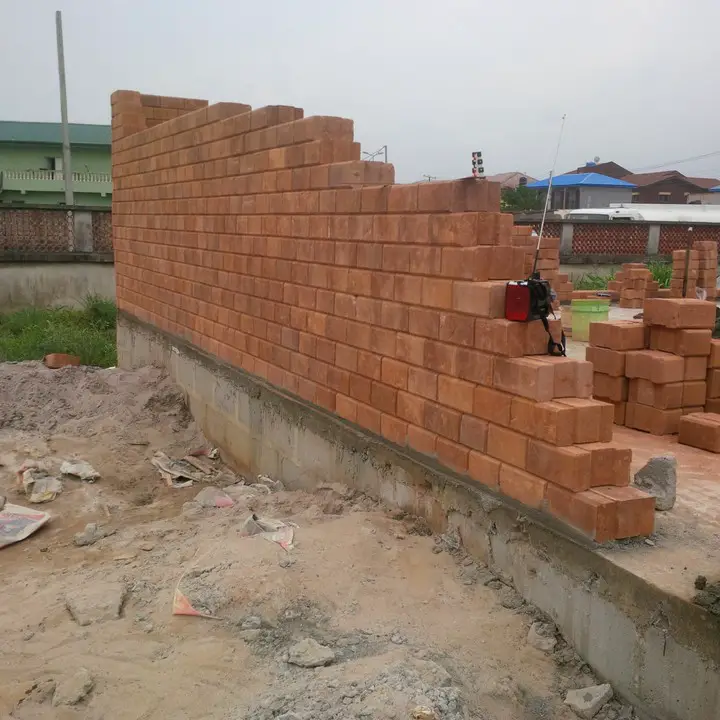Load Bearing Wall | Types of Load Bearing Walls
Load Bearing Wall | Types of Load Bearing Walls What is a Load Bearing Wall A load-bearing wall can be defined as a wall that is an active structural member of a building and holds the load or weight of the other structural members above it by transferring the load to a foundation structure below […]








